Flash Alert: IRS Notice 2025-27: Interim Relief and New Safe Harbor for CAMT Compliance
- Posted by admin
- On July 2, 2025
- 0 Comments
The U.S. Treasury Department and the IRS have issued Notice 2025-27, providing interim guidance that introduces a new safe-harbour method for determining applicable corporation status under the CAMT Corporate Alternative Minimum Tax (a 15% tax based on adjusted financial statement income). This marks a significant development for corporations navigating CAMT compliance.
What’s Changed?
-
Interim Simplified Method-Favourable AFSI Thresholds
-
- The CAMT applies to corporations that meet the definition of an “applicable corporation” under IRC Section 59(k)(1), i.e., whose average annual AFSI (Adjusted Financial Statement Income) for any three consecutive tax years exceeds $1 billion.
- This excludes S corporations, REITs, and RICs. AFSI includes income from all entities in the corporation’s IRC Section 52 controlled group, with adjustments as outlined in IRC Section 56A.
- New Safe Harbor Thresholds Introduced via Interim Simplified Method to determine whether a corporation qualifies as an “applicable corporation” under the CAMT regime.
- This method increases the AFSI thresholds, reducing the likelihood of triggering CAMT.
- Threshold Adjustments for AFSI:
- $1 billion to $800 million (under IRC Section 59(k)(1)(B)(i) for domestic entities)
- $100 million to $80 million (under IRC Section 59(k)(1)(ii)(II) for foreign-parented multinational groups – FPMGs)
-
AFSI Calculation Adjustments Provide Favourable Exclusions
The interim method adopts a more streamlined approach to calculating Adjusted Financial Statement Income (AFSI), allowing corporations to disregard certain amounts, such as direct-pay tax credits under
-
- IRC Section 48D: Advanced Manufacturing Investment Credit,
- IRC Section 6417: Elective payment of applicable credits, and
- IRC Section 6418: Transfer of clean energy credits,
which would otherwise inflate AFSI under the simplified method.
-
Applicability dates and reliance
Corporations can use the interim scope safe harbour provided in Notice 2025-27 for any tax year that ends on or before the date final CAMT regulations are published in the Federal Register, if the original federal income tax return has not been filed by the date the Notice appears in the Internal Revenue Bulletin.
-
Filing Relief for Non-Applicable Corporation
Taxpayers that are not treated as applicable corporations under the interim simplified method will benefit from a reduced CAMT compliance burden as they will not be required to complete Form 4626.
-
Estimated Tax Penalty Relief for 2025 Tax Year
-
- No additions to tax under IRC Section 6655 for underpayment of estimated CAMT for Covered CAMT Years (for tax year 2025 only).
- Taxpayers must still file Form 2220 (Underpayment of Estimated Tax by Corporations), even if no penalty is ultimately owed. While completing Form 1120, they should exclude the CAMT amount when filling out Schedule J and enter either “0” or the correct penalty amount (if any) on Line 34 (which reports the total estimated tax penalty).
- Penalties under IRC Section 6651 may still apply if actual CAMT liabilities are not timely paid.
-
Implications for Tax-Exempt Organizations
The interim guidance confirms that tax-exempt organizations should continue to apply the UBTI-only adjustment under IRC Section 56A(c)(12) when calculating AFSI. This increases the likelihood that they will fall below CAMT thresholds and avoid filing obligations.
-
Potential Pitfalls in M&A and Nonrecognition Transactions
The interim simplified method does not incorporate AFSI adjustments under IRC Section 56A(c)(15), which addresses nonrecognition transactions under Subchapter C (relating to corporate organizations and reorganizations) and Subchapter K (relating to partnership contributions and distributions).
As a result, businesses involved in M&A or internal reorganizations may inadvertently exceed the CAMT threshold, despite not generating actual economic income.
-
Anticipated Interim Guidance on Controversial Areas
The IRS has signalled plans to issue further interim guidance addressing the following complex areas:
-
- Treatment of unrealized gains/losses in financials
- Tonnage tax regime interaction with CAMT
- AFSI allocations between partners and partnerships
- CAMT adjustments arising from related-party and corporate transactions
- Alternate reliance mechanisms for early adoption of proposed CAMT regulations
-
Revised Proposed CAMT Regulations Expected
The Treasury and IRS have indicated that they will re-propose updated CAMT regulations, incorporating the interim simplified method and addressing taxpayer feedback to ensure administrability and reduce distortions in commercial transactions.
The IRS will update instructions for Form 4626 and Schedule K of Form 1120 to reflect the interim simplified method.











0 Comments